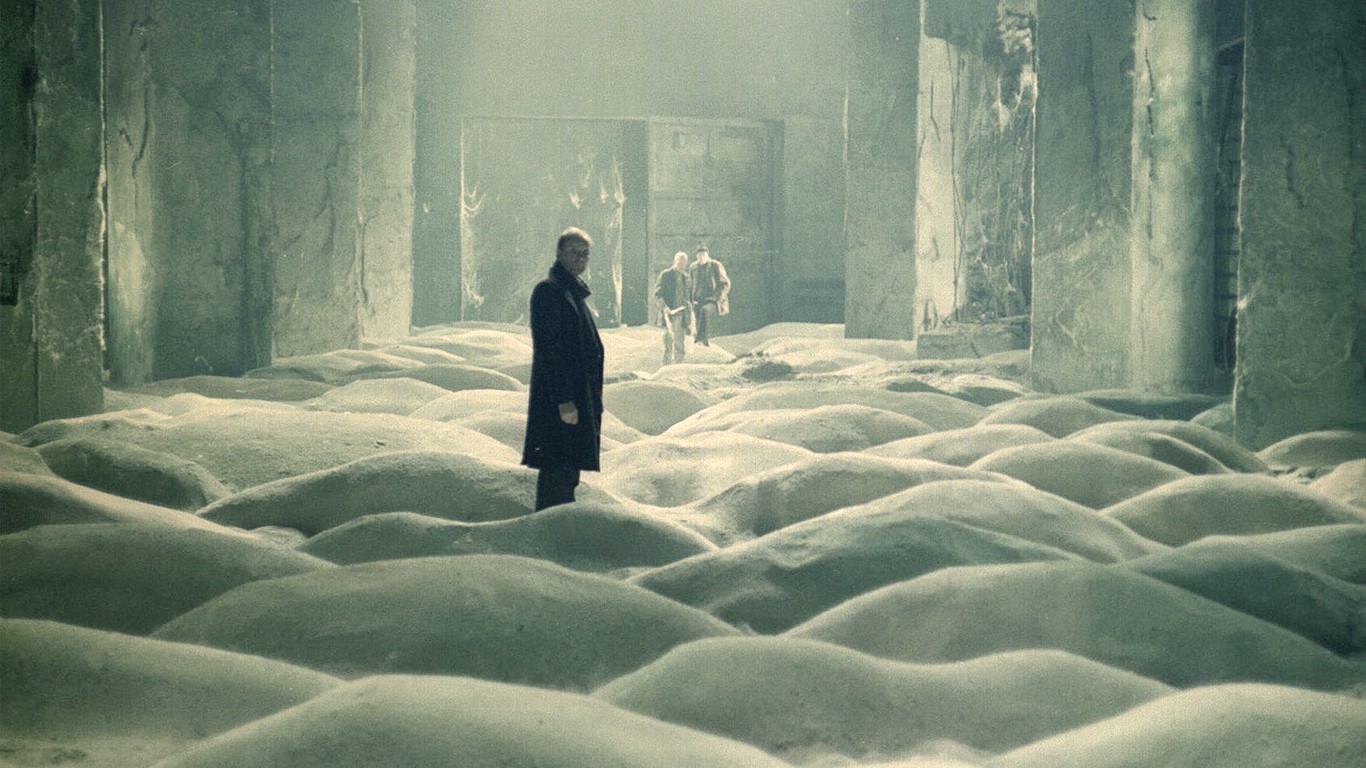Cinematic artwork
In het theater zien we de werkelijkheid in al haar facetten in gecomprimeerde, beter gezegd geabstraheerde vorm terug. Het individualisme van de mens, een belangrijk gegeven in de hedendaagse maatschappij, vinden we in het theater terug in de wijze waarop meestal één acteur of object tegelijk belicht wordt löparpass. De verdere omgeving op het toneel is gehuld in het donker, zodra een acteur geen rol meer speelt, dooft het licht en lijkt hij opgezogen te worden naar de achtergrond. Alle aandacht richt zich op de figuren in de schijnwerpers en het publiek laat zich gewillig meevoeren in het spel van deze zinsbegoocheling.
Yet it is often assumed that the theatrical experience can be assimilated by reading the text of a play. In part, this is a result of the influence of theatrical critics, who, as writers, tend to have a literary orientation. Their influence is magnified by the fact that it is difficult to make serious theatre widely available; for each person who sees an important production in a theatre, thousands of others will know it only through the notices of critics. While reviewers in the mainstream press may give greater credence to such elements as acting and dancing, critics in the more serious journals may be more interested in textual and thematic values. Such influences vary from country to country, of course. In New York City a critic for one newspaper, such as The New York Times, may determine the fate and historical record of a production, assuring it a successful run or forcing it to close overnight. In London, however, audiences have notoriously resisted the will of the critics.
Theater arts have been an integral part of human culture for centuries. This multifaceted discipline combines various art forms to create a unique and immersive experience for both performers and audiences.
Cinematic artwork
The relationship between film and painting is a fascinating interplay of visual arts, where each medium has continually borrowed and evolved from the other. Since the advent of cinema in the late 19th century, the dynamic and immersive nature of film has captivated audiences and influenced various forms of artistic expression. Painters, in particular, have been inspired by the narrative and visual techniques developed in cinema, incorporating these elements into their work to create compositions that are rich in storytelling and emotional depth.
Vugar Efendi’s supercut published in three parts, titled “Film Meets Art,” lists almost fifty instances of paintings reflected in filmography. Efendi’s archive hosts some well-known examples, such as Akira Kurosawa’s 1990 Dreams which reflected the pathos of Vincent van Gogh’s 1890 Wheatfield With Crows not just through cinematic solstice but also through metaphor. An unrecognizable Scorsese plays Van Gogh in Dreams, who, interspersed in a cinematic environment aided by Chopin, represents the pathos of the human condition, with Wheatfield With Crows posing as the setting as well as the story.
In the footsteps of Anna Karina and her accomplices, the three characters run across the Louvre’s gallery, hoping to beat the world record of 9 minutes and 28 seconds. Through their scream-filled sprint and the glares of those watching, a certain hypocrisy is brought to light. How much time do people truly spend in front of an artwork? Although we imagine it is a difficult number to calculate, the estimate is 3 seconds per artwork… Perhaps this is what the directors were getting at when blazing past the artworks, giving us only a few seconds to admire Jacques-Louis David’s Le Serment des Horaces.
The blog will also discuss the impact of this fusion on contemporary art, exploring how the blurring of boundaries between film and painting influences current artistic practices and future trends. We will conclude by reflecting on the significance of this interdisciplinary approach and encouraging readers to explore paintings with cinematic qualities, deepening their appreciation for the intricate relationship between these two powerful forms of art.
Looking ahead, the influence of cinematic techniques in painting is likely to grow, driven by advancements in technology and the ongoing exploration of new narrative forms. Artists will continue to push the boundaries of visual storytelling, integrating elements of film, digital media, and traditional painting to create works that are both innovative and deeply engaging.

Film graphic
Our mission is to create tactical, actionable articles that teach valuable skills. We want to highlight the amazing work that’s being done every day in our industry, but instead of conducting armchair interviews, we dive into the messy details and show you how it actually works.
Speaking of opportunities, during our time spent with MinaLima, we got wind that the studio will soon start work on the third Fantastic Beasts movie, for which they will be recruiting in the not-so-distant future.
Atkins says that half-way through production, Wes Anderson contacted her department. There was a spelling mistake in the word “patisserie” on the pink and blue Mendl’s boxes. And these boxes play a major role in the film. Because every one of the 2000 boxes had been painted by hand and had already been used in filming, there was no way to start over or to physically fix the mistake. “It was something that had to be fixed in post-production,” Atkins says. “That’s a lengthy process when you’re fixing 25 frames per second, and it’s quite costly.”
Robert Bernard, Martin T. Charles, and Annie Atkins have each spoken about the importance of their work for the actors. They deliver their most compelling and believable performances when they have real props to look at, hold, and interact with. Graphic designers for film and television may not be the most lauded names in the credits, but they’re among the most important.

